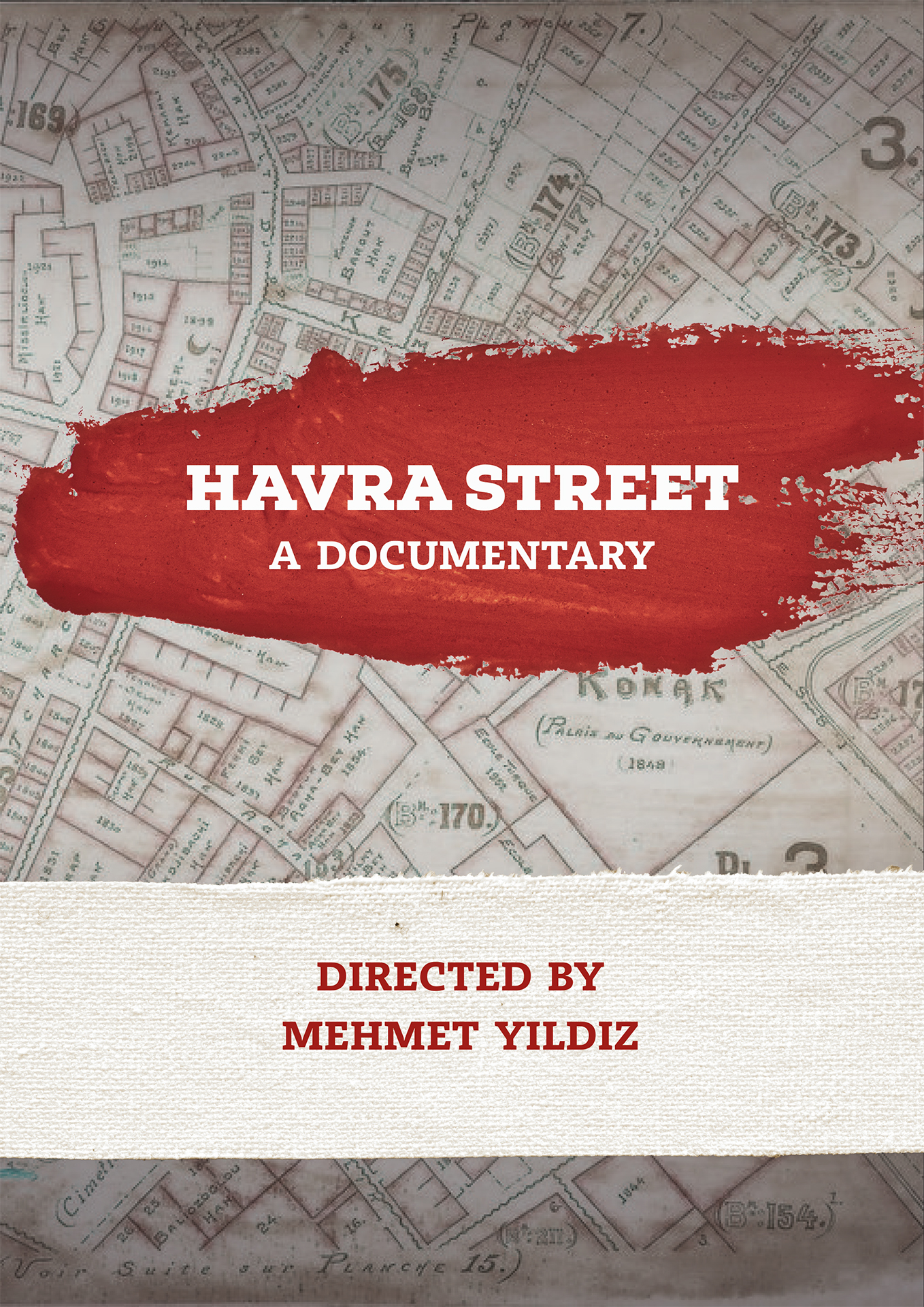The documentary focuses on Izmir's cultural heritage, particularly the synagogues and synagogues in Kemeraltı, the oldest of which dates back to the 17th century. The Jewish community, which enjoyed a golden age in the 19th century and has now seen a tenfold decline in population, is the focus of the documentary. The Synagogues Area, encompassing the Signora Giveret, Bet Hillel, Portuguese Synagogues, Etz Hayim, Algaze, and Shalom Synagogues, along with Havra Street, is Izmir's old Jewish neighborhood. Through these religious and social structures, the documentary explores the history of the city's Jewish population, significant stories of Izmir, the community's religious leaders and administrators, the structures' architectural features, construction, and usage, and their significance for the city from past to future.
The documentary explores the past through the daily lives of the people and religious leaders of the shrinking community, who currently occupy the few structures open for worship, and connects with previous generations. The Jewish population's current age and occupation profile, social relationships, routines, and rituals are captured through snapshots from their daily lives. The contrast between today's shrinkage, isolation, and desolation, and the crowded, vibrant, vibrant, and prosperous eras of the past forms the documentary's central theme. While the past can be traced back to the early 1900s—at most two generations—through the memories, knowledge, and documents preserved by those who lived through it, the documents of researcher archivists and collectors extend the narrative back to the beginning of the process, to the dates when the Jewish population first migrated to Izmir. Thus, the period of adaptation and accommodation in Izmir will be told through anonymous memories, the memories of those who experienced periods of adaptation and enrichment, and the testimonies of those who experienced periods of decline and decline. One of the striking stories in this comparative narrative is the friendly relationship between the priest of the church, the imam of the mosque, and the rabbi of the synagogue, all located very close to each other in the area; their routines of visiting and spending time together. The plan is to portray such striking stories through short animated footage.
In addition, the efforts and projects related to the research and documentation of Jewish culture over the last 15 years, and the restoration of synagogues and synagogues as a legacy for the future, are brought to the table through interviews with the people of Izmir who contributed.




